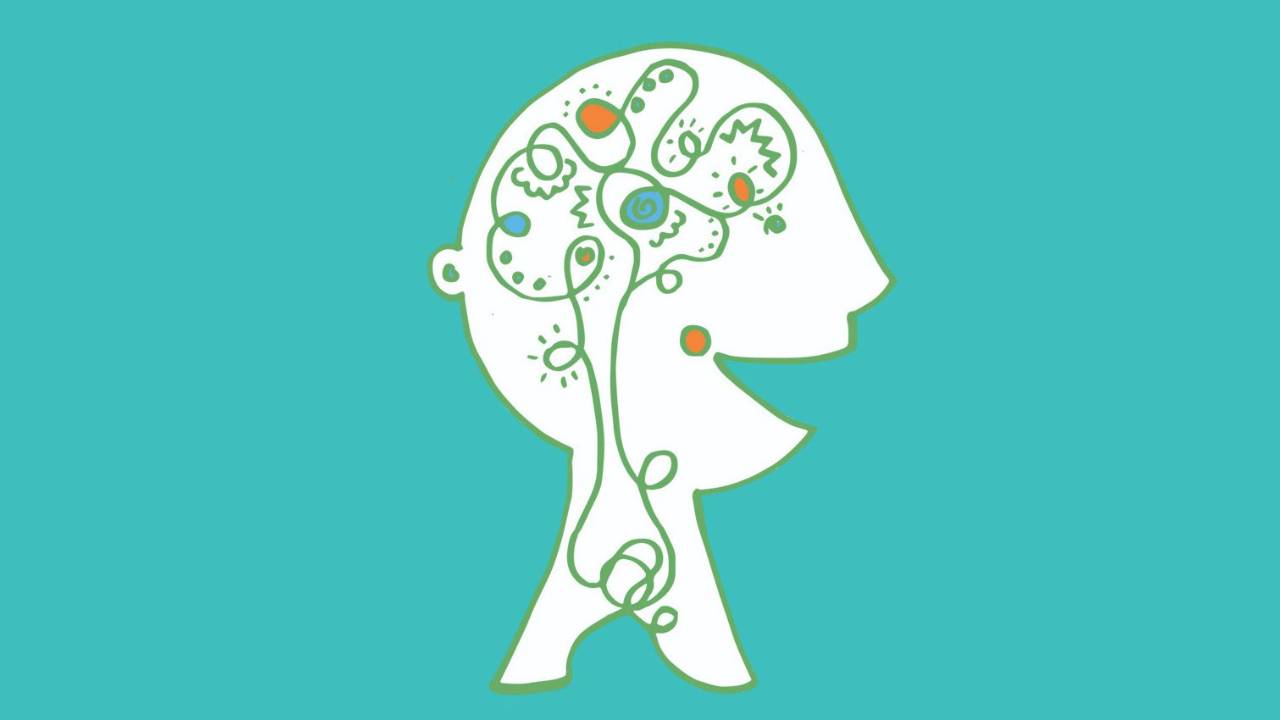The Role of Working Memory in Reading
Feb 01, 2018
Working memory is a frequent topic of conversation among educators and researchers. Its popularity is partially due to its fundamental role in overall achievement, and partially due to its ambiguous nature. When students struggle, distinguishing between the weaknesses related to attention, as opposed to memory is particularly difficult since the two processes are highly interrelated. Working memory deficits have been linked to the core behavioral characteristics of Attention Deficit Hyperactivity Disorder (ADHD) (Rapport, Chung, Shore, & Isaacs, 2001), most notably the inattentive subtype.
The next several blog posts will be devoted to clarifying the nature of working memory, its role in learning, common weaknesses in the classroom, and finally, recommended accommodations/modifications.

What is Working Memory?
There are several different ways in which students hold onto information as they learn. The powerhouse of cognitive storage is called Long-term memory, which as implied, functions as a vast, nearly limitless, store of knowledge and a record of prior events (for review see Cowan, 2009). Any happy, sad, or thrilling anecdote your colleagues share with you over lunch has been retrieved from their long-term memory. The same goes for your knowledge of history, literature, science, algebraic equations, and favorite recipes.
Short-term memory serves a very different function. It refers to our ability to temporarily hold information related to our recent experiences, movements, or acquired knowledge such as digits, words, names, sounds, and corresponding letters (Kolb and Wishaw, 2009). Although there is some debate regarding the capacity of short-term memory, with suggestions that an average person can hold around seven (Miller, 1956) or four (Cowan, 2001) chunks of information, the general consensus is that short-term memory is only a minuscule fraction of our long-term memory, and highly prone to decay. If you can't commit the names of your new students to long-term memory either through rehearsal or some other mnemonic device, you'll likely forget them within a few minutes.
Working memory is related to short-term memory in that it is also a temporary holding space, but the "working" moniker is key to remembering that it refers to a students' ability to use or manipulate their knowledge. For example, as you complete long division or engage in baking bread, your working memory ensures you follow all the necessary steps and do not add an unnecessary ingredient twice. Your working memory functions as a holding space as you complete a task, and in the field of literacy, those tasks are typically related to decoding, spelling, writing, or comprehending.
The Role of Working Memory in Reading
Working memory plays a significant role in the development of reading skills and facilitates students' ability to comprehend text while they are reading (see for review, Swanson, Jerman & Zheng, 2008). When compared to typical readers, children with reading difficulties perform more poorly on working memory tasks, and these difficulties are not simply considered a consequence of reading impairment but are likely one of the bottlenecks to the acquisition of skills (Smith-Spark and Fisk, 2007; Swanson, Ashbaker, & Lee, 1996).
For example, as students decode long words, especially those with consonant blends such as thrill, squeeze, or shrivel, they must hold the initial sounds in their working memory while they sound out the rime pattern, and all the sounds need to be brought together at the end. Students with weaknesses in their working memory often forget the pronunciation of the onset by the time they arrive at the rime, especially when they encounter unfamiliar vocabulary. Similar obstacles are observed as they work to spell individual words and construct sentences.
In order to comprehend text, especially semantically complex or lengthy sentences, students use their working memory to integrate new input with existing word knowledge. For example: When the cost goes up, customers buy less clothing; and, Even though he's thoroughly trained, he still makes a lot of mistakes. Those individuals with weaknesses in working memory will struggle to make sense of the text, and when asked comprehension questions frequently refer to the last words read, thereby missing the intention of the passage.
How To Support Working Memory Weaknesses
Yet, despite its prominent role in achievement, many questions remain about means for supporting students' reading ability when their working memory is weak. In the next blog post, we'll discuss appropriate accommodations/modifications.
Stay connected with news and updates!
Join our mailing list to receive the latest news and updates from our team.
Don't worry, your information will not be shared.
We hate SPAM. We will never sell your information, for any reason.

